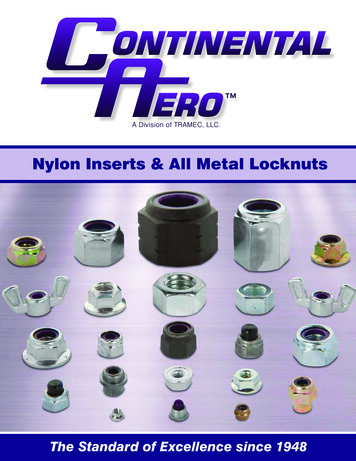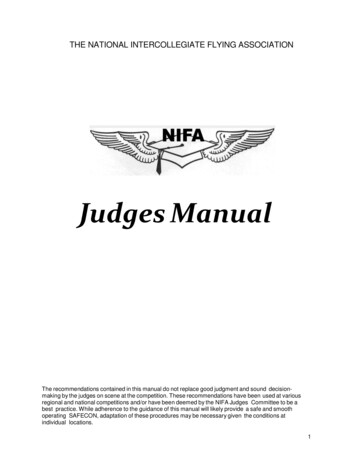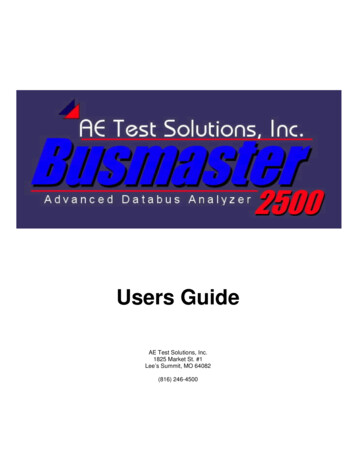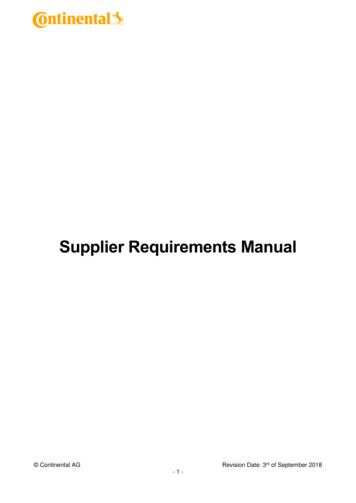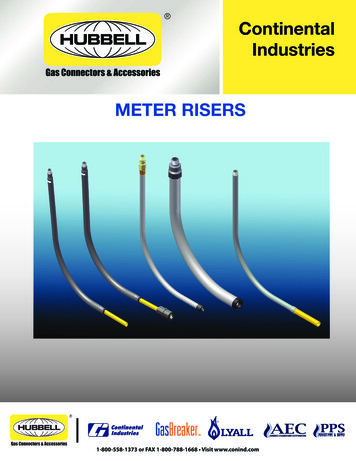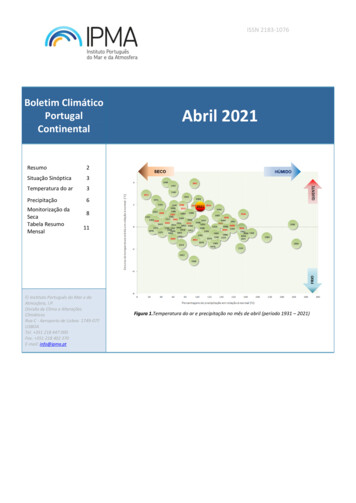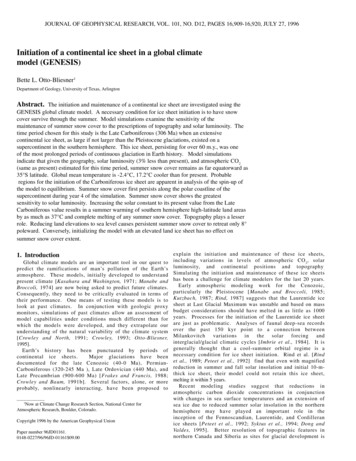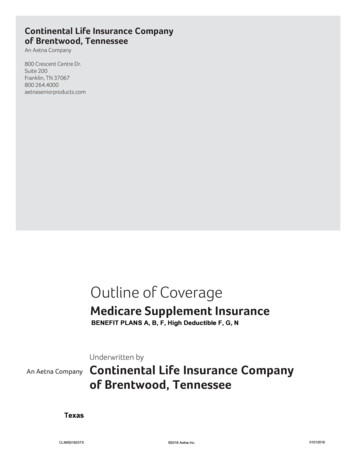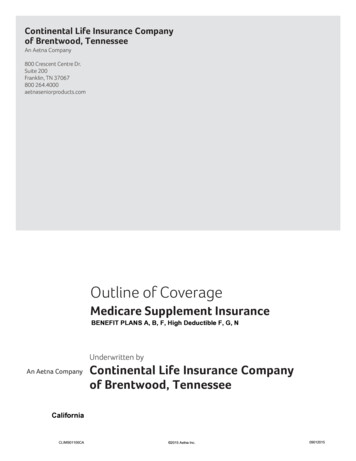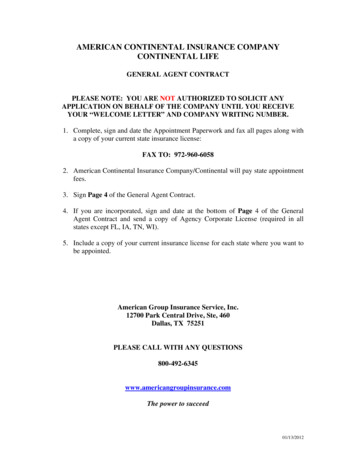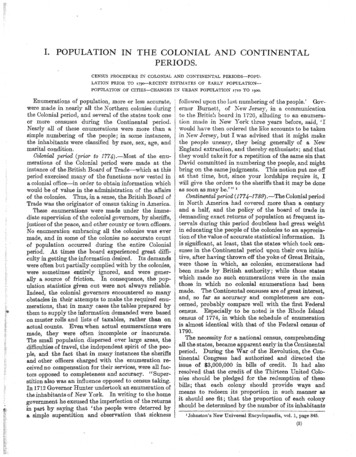
Transcription
The customer terminology:what are they really trying to say?BY BOBBY D.S. WRIGHTTRAMEC CONTINENTAL-AERO
There have been hundreds of times that a customerhas called with a question and is using their personalvocabulary about fasteners. This brief training module will illustrate and educateyou in what the correct terminology the customer isactually needing information on.
Grades, Manufacturer Identification & Material Data SheetsGrades of Material Per IFI 100/107, page F-16, Clause 7.0; Marking for Grade and Manufacturer Identification: Grade A is a Grade 2 – not required to be marked for grade. Grade B is a Grade 5 – marked with three (3) equally spaced identical symbols (dot, line, letter or other character) and/or one set ofcircumferential notch cut into the corners of the nut. Grade C is a Grade 8 – marked with six (6) symmetrically spaced identical symbols on the chamfered surface of the top of the nut or on the topof the flange and/or two sets of circumferential notches cut into the corners of the nut. Grade F is a Grade 5 – marked with three (3) equally spaced identical symbols (dot, line, letter or other character) on top of the flange. Grade G is a Grade 8 - marked with six (6) symmetrically spaced identical symbols on the top of the flange.Manufacturer Identification Grade A/2 – no identification required.Grade B/5 and Grade F/5 – shall be marked to identify the manufacturer, however, Continental-Aero has the Royal Purple Nylon insert to providetraceability, therefore, Grade B/5 nylon insert parts are not required to be marked, but non-nylon insert parts are required.Grade C/8 and Grade G/8 – shall be marked to identify the manufacturer, however, Continental-Aero has the Royal Purple Nylon insert to providetraceability, therefore, Grade C/8 nylon insert parts are not required to be marked, but non-nylon insert parts are required.Manufacturer Data Sheets Continental-Aero does not provide MSDS (Material Data Safety Sheets). What the customer is looking for is an IMDS (International Material DataSheet). You can either; 1) Provide the customer with the chemical certification of the part or 2) an IMDS can be created upon requested (additionalcosts may apply).
Performance of ProductPREVAILING TORQUE/INSTALLATION TORQUE: Nylon Insert Locknuts and those parts without a nylon insert, but have a locking feature, shall undergo Prevailing Torque or InstallationTorque inspection. Prevailing Torque information is listed in the IFI 100/107, page F-12 and F-13. Sizes listed are 4-40 through 1 ½-12. Sizes under 4-40 and over 1 ½-12, please refer to the certification provided by the factory. OEM Installation should never exceed the 1st On for Prevailing Torque. Parts that do not have a locking feature, are not applicable to Prevailing Torque/Installation Torque requirements.PROOF LOAD/TENSILE STRENGTH: Product regardless if they are a locking or non-locking part, shall undergo Proof Load or Tensile inspection. Proof Load/Tensile information for regular and heavy hex nuts is listed in the IFI 100/107, page F-12 and F-13. Proof Load/Tensile information for thin/jam nuts are 60% of the IFI 100/107, page F-12 and F-13. Sizes listed are 4-40 through 1 ½-12. Sizes under 4-40 and over 1 ½-12, please refer to the certification provided by the factory.HARDNESS: All parts undergo a hardness test, regardless if they are locking or non-locking parts. Per IFI 100/107, page F-11, Table 4 – Mechanical Property Requirements. Specifications are identified by using either; psi (pounds per square inch) or Rockwell Hardness by Grade and Size.
Environmental, Government & Quality CompliancesRoHS and REACH Compliance: The RoHS and REACH Directives are European Union (EU) requirements and the United States government has not and probably will not adopt such environmental requirements, as the United Statesmilitary are the biggest consumers of Cadmium plated parts.Any part that is RoHS Compliant will automatically be REACH Compliant. Stainless steel starting with L79 or 79. Any plain steel part starting with 29, 49 or 59. Any CNF/FNF part with plain, trivalent or black oxide plating. Plain parts will have an L, Trivalent will have a /T and Black Oxide will have a 0 at the end of the part number (125CNFH8L or125FNFH8Z/T or 125CNFH80) Any Stainless or Steel plain part with wax starting with a L. Any trivalent steel part starting with a T. Any trivalent steel part with wax starting with a LT. Any steel phosphate/oil part with a 3 after the 1st number – 23XXXXX, 43XXXXX, 53XXXXX. Any steel Black Oxide part with a 5 after the 1st number – 25XXXXX, 45XXXXX, 55XXXXX.DFARs Compliance Stainless Steel product is considered a “specialty steel” per the DFARs Directive and is not DFARs Compliant. however, steel product can be considered DFARs Compliant in lament terms as long as itcomes from our factory in Taiwan.Dodd-Frank Wall Street Reform and Consumer Protection Act, Subsection 1502 This compliance is better known as the Conflict of Minerals and yes, Continental-Aero is in compliance. No product from Continental-Aero contains casseterite, columbite-tantalite, gold or wolframite. No product from Continental-Aero comes from suppliers through the Democratic Republic of the Congo, Central Africa Republic, South Sudan, Zambia Angola, Republic of the Congo, Tanzania,Burundi, Rwanda or Uganda.Quality Compliances Continental-Aero is certified to the latest ISO 9001 Quality Management System (QMS). The ISO certificate is available under the FAQ Section of the Continental-Aero website.Continental-Aero is not and can not be certified to TS-16949 (additional QMS Certification for Automotive), because Distributors are not applicable to this standard – ONLY Manufacturers that supply theAutomotive Industry are required to be certified to this standard, which also encompasses documentation that is held within this specification; PPAPs, APQPs, CQIs, SPCs, etc.
Per IFI 100/107, page F-16, Clause 7.0; Marking for Grade and Manufacturer Identification: Grade A is a Grade 2 –not required to be marked for grade. Grade B is a Grade 5 –marked with three (3) equally spaced identical symbols (dot, line, letter or other character) and/or one set of circumferential notch cut into the corners of the nut. Grade C is a Grade 8 –marked with .
